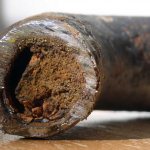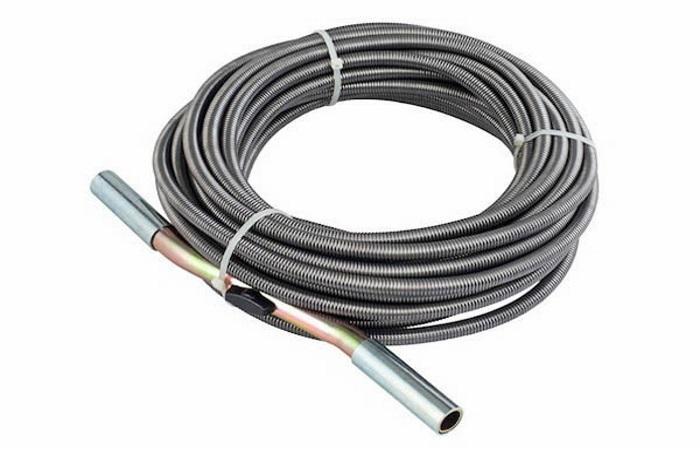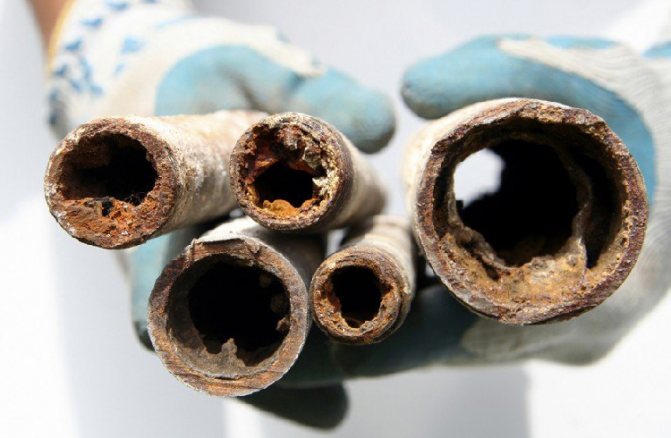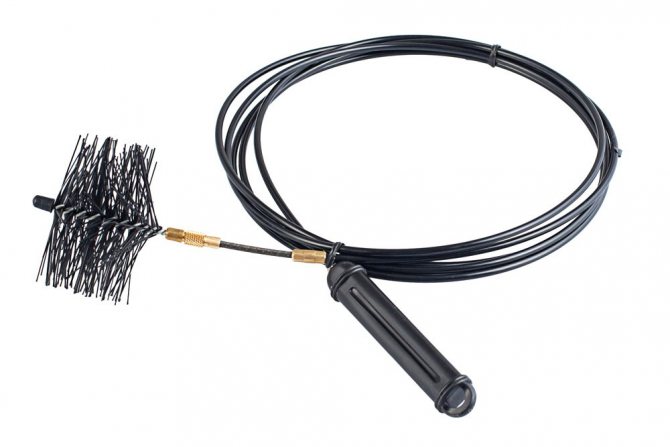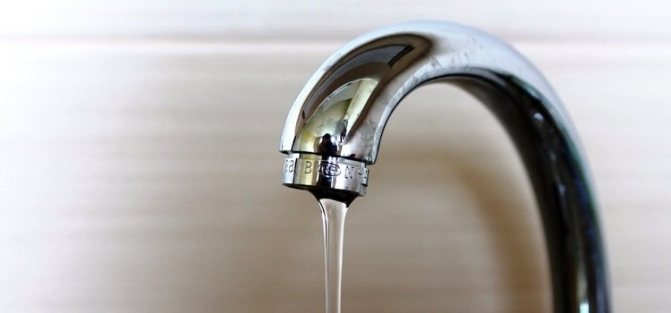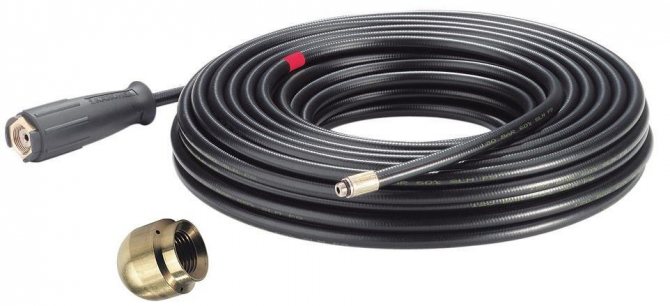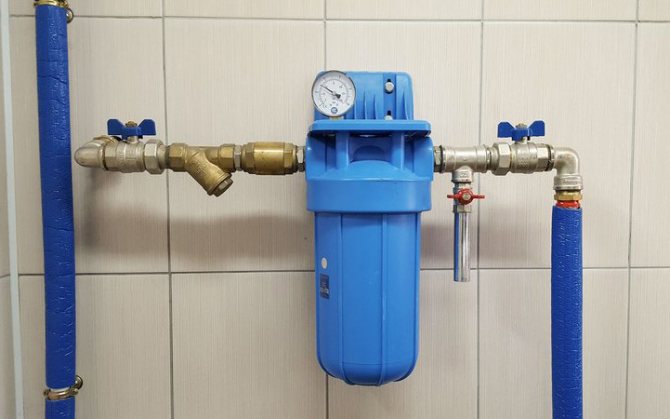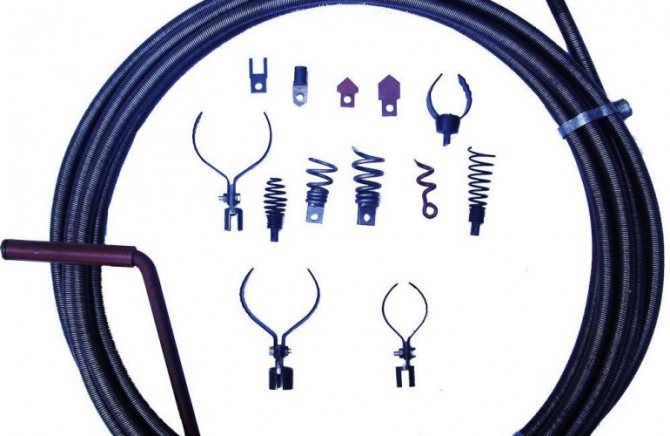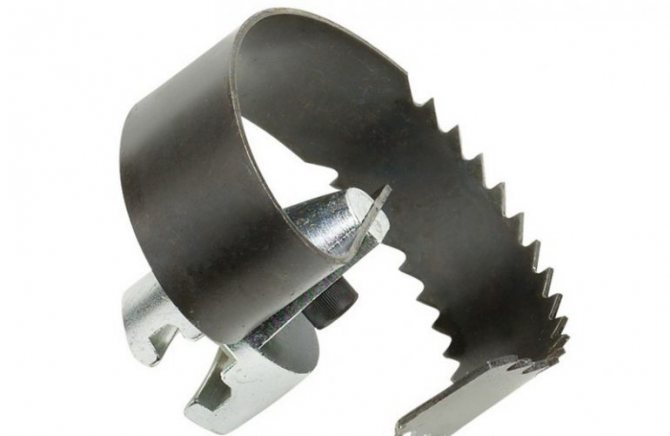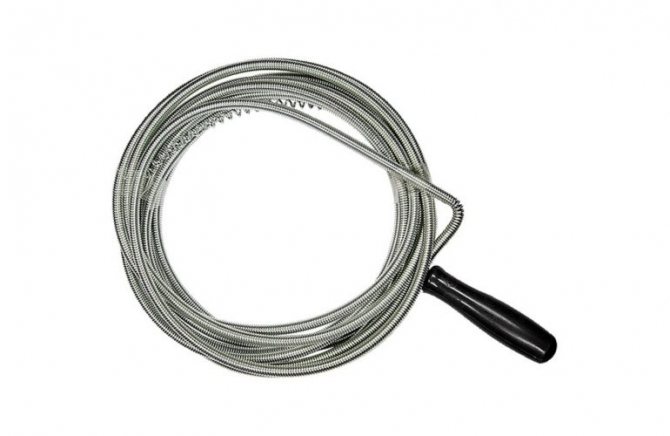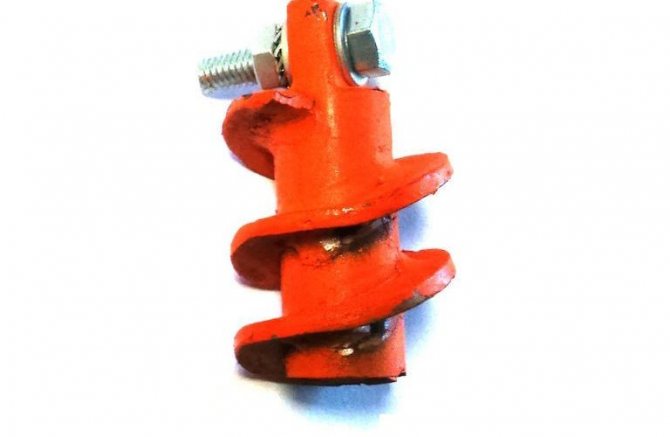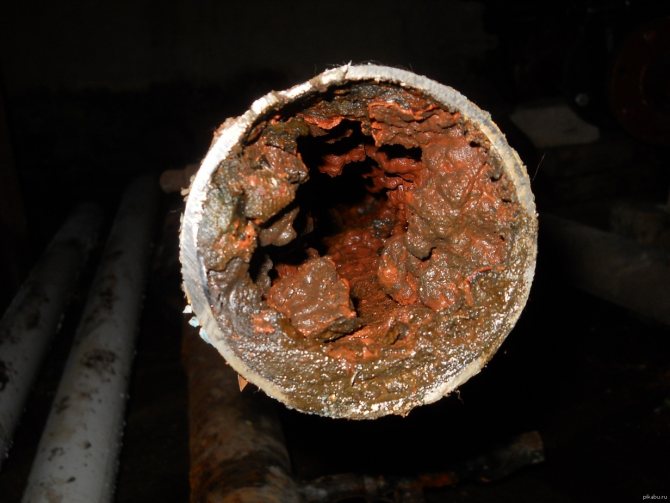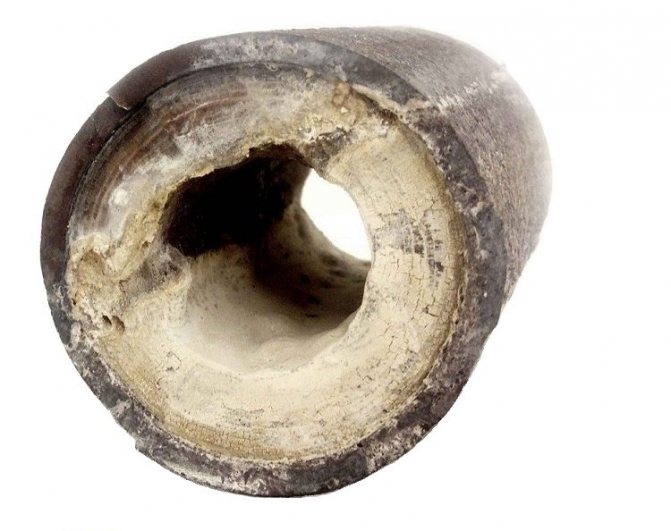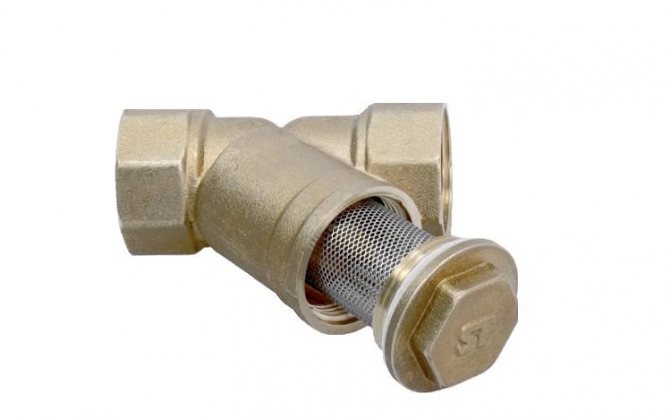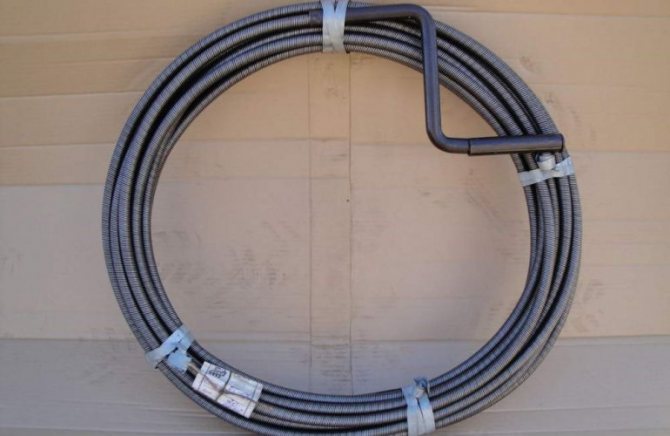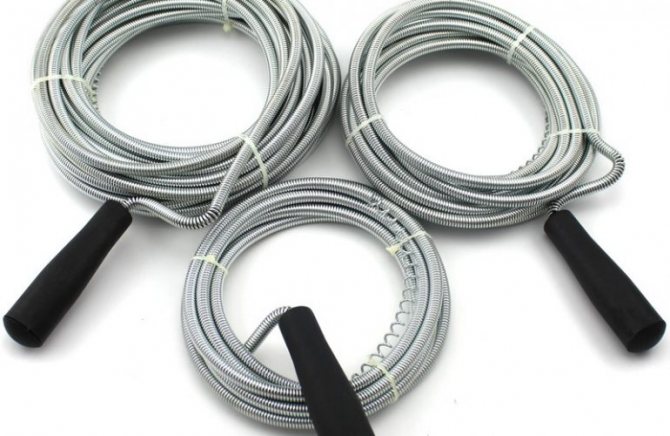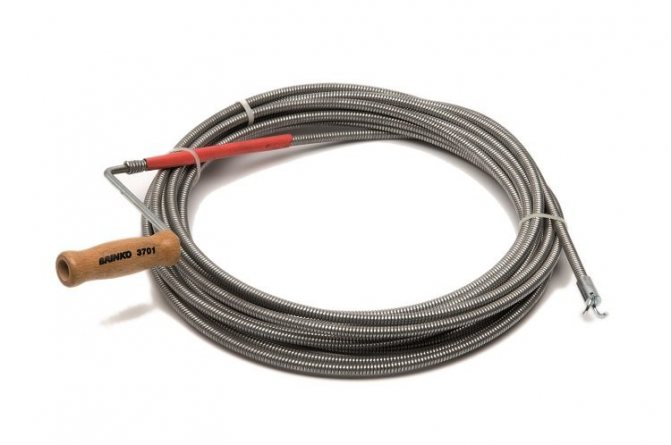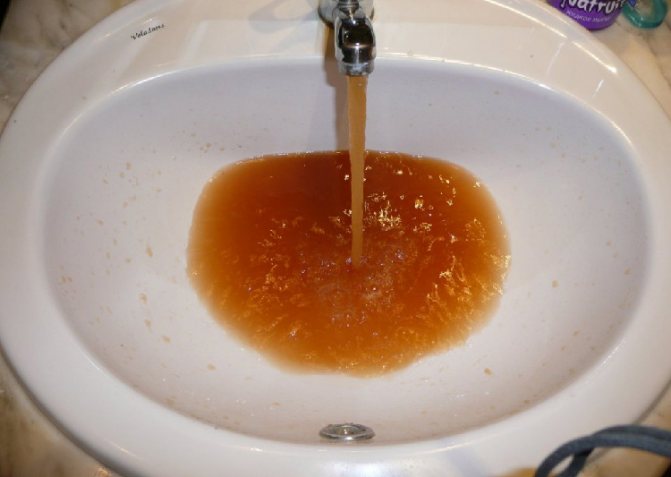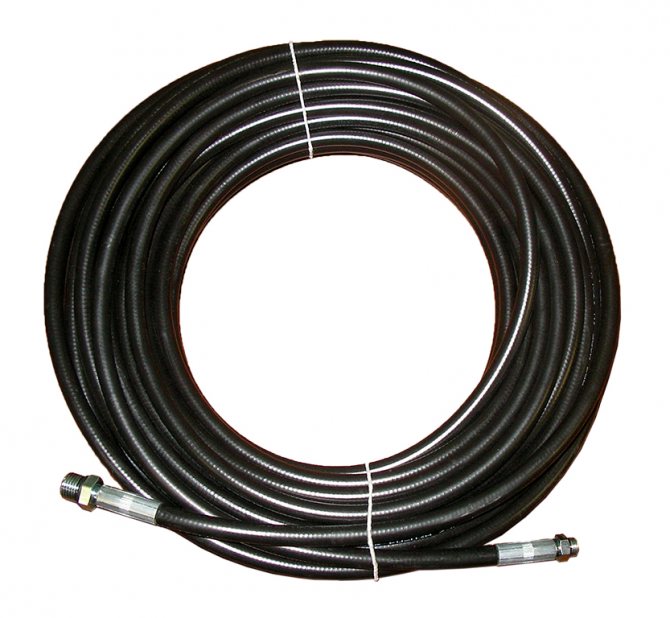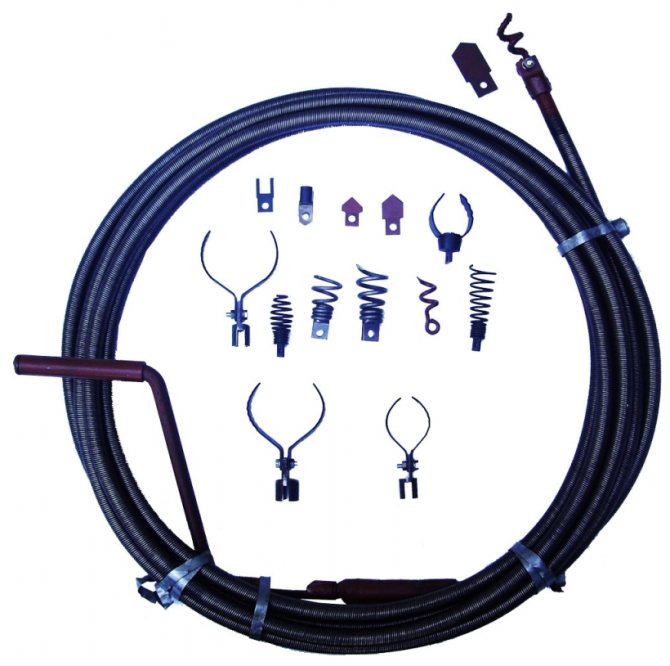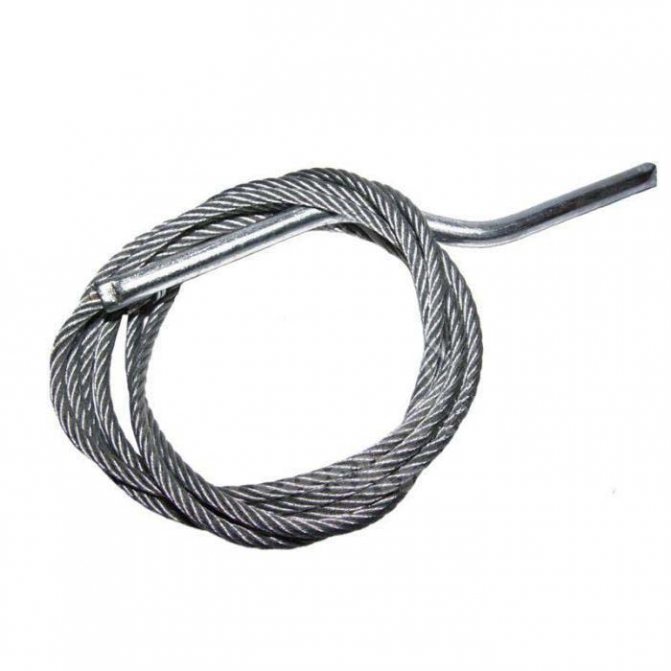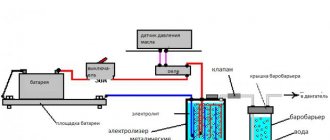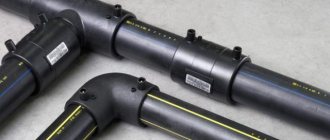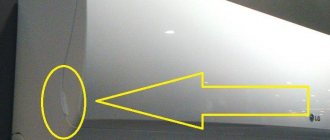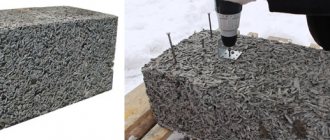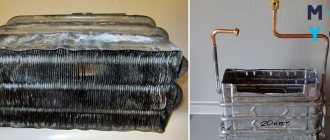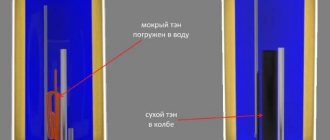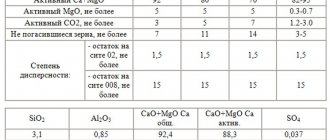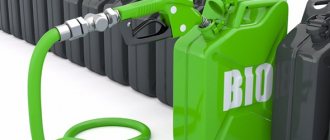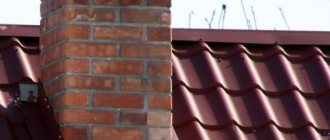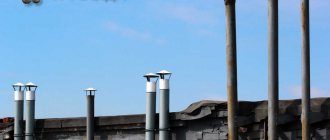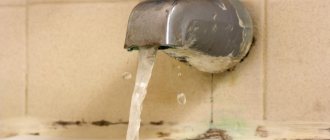The presence of running water in the house for us already means not just comfort, but a necessary condition for our existence. Lack of water in the tap is a small disaster. But what if the water trickles out or stops dripping altogether, but there is it in the line?
We welcome our reader and bring to his attention an article on how to clean a water pipe at home.
Clogging reasons
Most often, steel pipelines are clogged. The inner surface of steel pipes is rougher, and deposits settle on it. In addition, steel is prone to corrosion - detached rust plates also clog pipes. This is especially true for a heating system. The second reason for clogging can be the poor quality of water in the main water supply - it can contain sand, scale, slag, poorly soluble salts, in some cases even biological pollution.
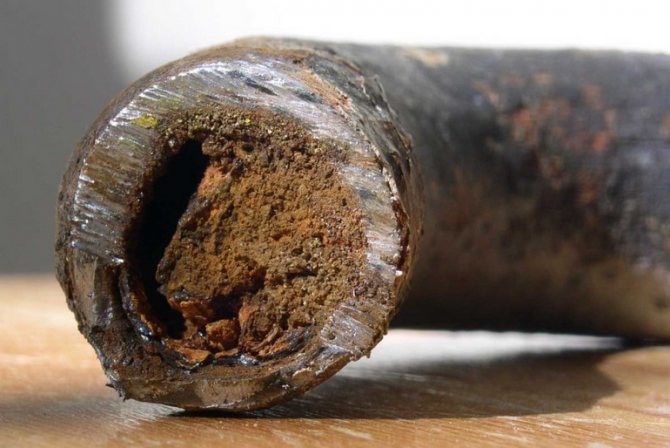
The roughness of plastic pipes is about 20 times lower than that of steel, so they can only become clogged when very contaminated water comes in (for example, after accidents on main pipelines).
Cleaning methods
Cleaning methods should be selected depending on the location of the blockage, the length of the pipelines, the method of installation (welded or threaded), the ability to disconnect the pipeline from the pipeline.
Before starting work, the condition of the pipelines should be assessed - it is better not to touch the old ones or use chemical cleaning methods.
Tapping with an ordinary hammer
The most affordable way to clean pipes from deposits is to tap the pipes with an ordinary hammer.
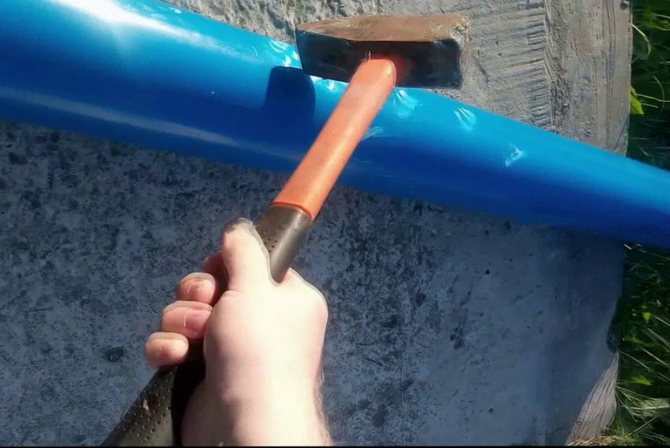

The pipe is not disassembled, gently and not strongly tapped with a hammer, then the water is opened - it will wash off the peeled plates of rust or calcium deposits. It is worth tapping the system in parts - a separate area going to the bathroom, kitchen, bathroom. Tap the area - rinse with water, then the next one - and rinse again. Otherwise, you risk clogging the system tightly.
The great advantage of this method is that there is no need to disassemble the pipes.
Tapping can be performed not only by a home master, but also by a home craftswoman.
Plumbing cable
One of the most effective methods for removing blockages is with a small diameter plumbing cable. To do this, block the access of water to the area to be cleaned, dismantle the tap, mixer, any threaded fitting. Then the cable is inserted into the opened hole and moved with rotation, removed. Then the water opens, the blockage is washed, then the removed fittings are mounted back.
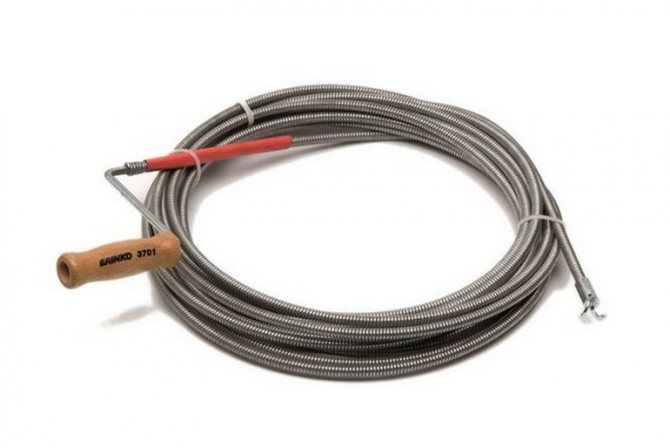

It should be borne in mind that the cable for heating and water supply systems should not be used for sewerage systems; it should not be too "disheveled" - it may simply not fit into the pipeline. It is better to use a ready-made cable with a metal ring nozzle at the end. Do not use a cable to clean the metering unit (meter).
Dismantling pipes
If all of the above cleaning methods do not help, they resort to the most extreme - dismantling the pipes. This is possible if the pipes are assembled with threaded fittings.
First, the water is turned off. Then the parts of the pipeline are unscrewed, with the help of a hose, pressurized water is supplied and washed.
Can be combined with wireline cleaning or chemical cleaning with high pressure rinsing ...
The holes on the hoses for connecting the toilet bowl, mixer, and water heating tank are often "overgrown".You can unscrew the hoses, gently clean the "overgrown" hole (with a screwdriver, narrow chisel), rinse and screw back.
Household chemicals
This method also involves disconnecting the system from the network. Mixers are usually located above the connection point, and chemistry has to be poured from their side.
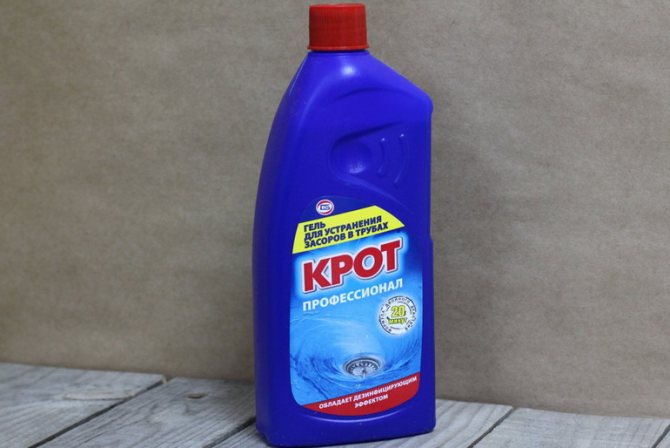

Dry cleaning technology:
- shut off the water supply;
- dismantle the metering unit, while taking care of the safety of the seals;
- drain water;
- dismantle taps and mixers;
- drown out the lowest points of the system using plugs;
- wear rubber gloves and goggles;
- carefully (you can use a watering can) pour in the agent used; withstand 30 minutes - one hour;
- place a plastic bowl under the bottom of the system;
- unscrew the plugs, drain the liquid;
- flush the system from the upper points;
- reassemble everything;
- flush the system well with water.
Concentrated hydrochloric acid is ideal for dry cleaning. Formic and acetic acids can also be used, but they are much weaker, effective against plaque, and ineffective against rust.
You can also use concentrated sodium hydroxide (contained in the Mole product).
Vantuz and its analogues
The plunger itself is not applicable for cleaning water supply networks - it is designed for the sewerage system.
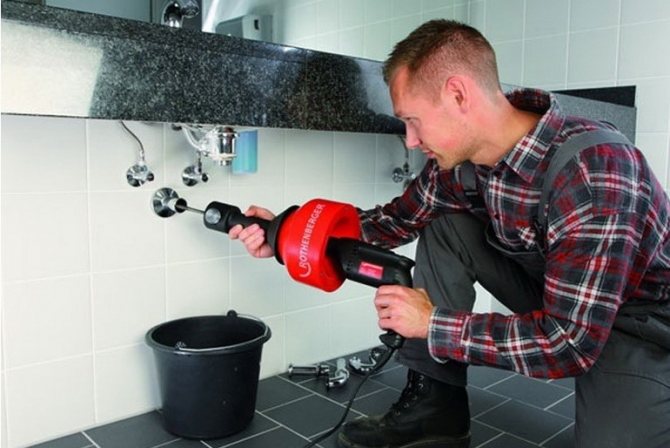

Professional pneumatic pistols can be considered an analogue of a plunger for pipes with a small diameter. Their advantage is that they can, using a jet of water, clear a blockage at a distance of several tens of meters (sometimes up to 50). But they are not often found even in the arsenal of a professional plumber and, moreover, are expensive. At home, it is worth using other cleaning methods.
Which way is better
The best way is radical. Replace with metal-plastic. Non-galvanized steel will serve you 10-15 years; galvanizing - 20 years. And metal-plastic on the heating system will live for at least 25 years; on water supply systems - about 50 years. And no rust!
If it is not possible to change the pipes in the near future, you can try to clean them. The best ways are disassembly; using a cable and a pneumatic gun. Then comes the chemical. Then tapping. It's worth starting with it - all other methods require skills and time. In any case, steel will have to be replaced with metal-plastic.
How is the sewer system in the apartment?
The sewerage system of an ordinary apartment in a multi-storey building starts from the most important plumbing equipment - a kitchen sink siphon. From it, a sewer pipe, usually 50 millimeters in size, passes through the bathroom, while simultaneously receiving the diverted water through the siphons of the washbasin and bathtub, and then adjoins a 100 mm toilet drain connected to the sewer riser.
In different years, during the construction of apartment buildings, other designs of sewerage systems were also used to save money. For example, you can find houses where one sewer pipe serves several apartments at once located on the same floor. In houses of modern construction, when planning apartments, more attention is paid to comfort, so the sewage system can be more complicated. Sometimes the toilet is connected to the riser using a separate outlet and additional structures for washing and dishwashers are provided. Apartments with several bathrooms also have two risers.
The sewer riser collects waste water from all apartments located from top to bottom, and then leads them to a sewer well, from where they enter the main line. Further along a long communication system, which includes several kilometers of pipes, pumping stations and inspection wells, wastewater flows into the treatment facilities.
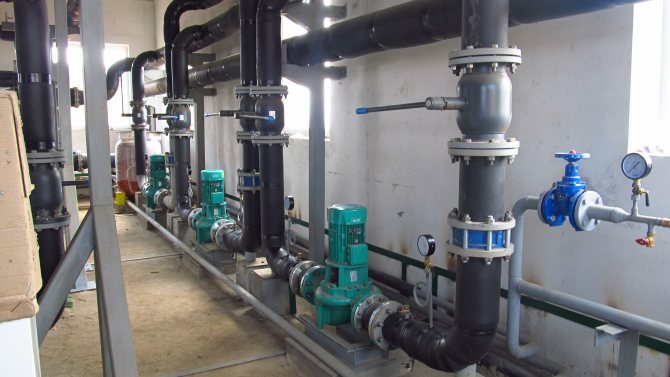

According to this scheme, it is possible to determine by whose forces the problems in the sewage system should be eliminated. All problems with pipes located in the apartment up to the sewer riser must be solved by the owner of the premises and eliminated at his own expense.
Clogged sunbeds to the first sewer well and risers are eliminated by the organization that serves the apartment building, at the expense of residents' payments for current repairs and maintenance of common property. Any attempt to collect additional money for such works is prohibited. However, this does not exempt residents from liability in the event that the sewage system was used for other purposes. For example, if foreign objects or accumulations of toilet paper are found in the riser, the management organization has the right to impose a fine. In practice, this rarely happens, because it is almost impossible to identify the true culprit in an apartment building.
Blockages in sewer mains are made through by housing and communal services organizations through payments for sewerage and water supply. Attempts to raise funds for calling employees are prohibited. Any claims if foreign elements are found in the sewer can only be presented to the management company, which can then deal with the tenants.
Expert advice
Sulfuric acid (such as battery fluid) must not be used to clean pipes - it is unsafe to use and forms toxic compounds that can get into drinking and shower water.
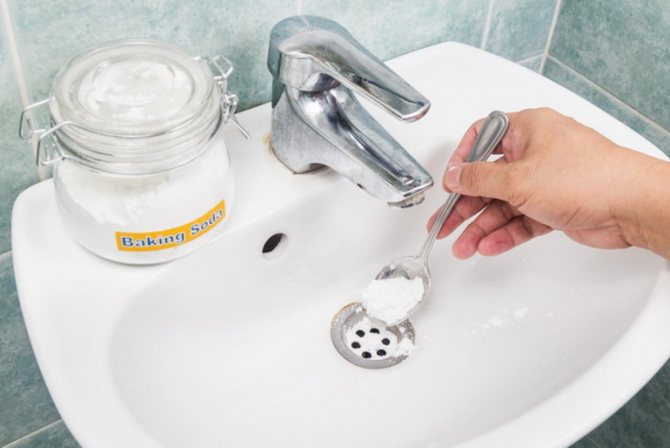

The favorite remedy of domestic plumbers - vinegar and baking soda, soda - are ineffective for cleaning pipes.
Before cleaning, you should try to determine if the entire system is clogged or only part of it is clogged - and it should be cleaned.
Water meters can only be cleaned by flushing. It is impossible to clean with a cable or chemical method - you can damage the meter.
If there is a lot of plaque and it is not cleaned, it means that the counter is already 12-15 years old and you should think about replacing it.
After disassembling and assembling a part of the network, it is imperative to carry out hydraulic tests - fill the network with water and carefully check all joints for leaks.
How to clean pipes with a cable
Dense blockages of grease, silt, or foreign objects can be removed with wire or a plumbing cable. Steel wire about 4 millimeters thick is ideal if the structure is straight and there is free space in front of it. An important advantage of this approach is the fact that a hook can be made at the end of the wire and a foreign object can be pulled out of the sewer system. It is better to use the cable in cramped conditions and in the presence of bends.
To access the pipe, the system must be disassembled by disconnecting the siphon closest to the blockage. The wire or cable is pushed into the pipe and gradually rotated. To do this, the wire is bent at the end, making something that looks like a handle. The plumbing cable is always equipped with a handle for rotation. Wire or rope is best used in pairs, with one person rotating the fixture while the other feeds it into the system. If the cable gets stuck, then it must be pulled back a few centimeters, start rotating and push further. You should be careful with old plastic sewers, because a cable can accidentally pierce through in places of bend.
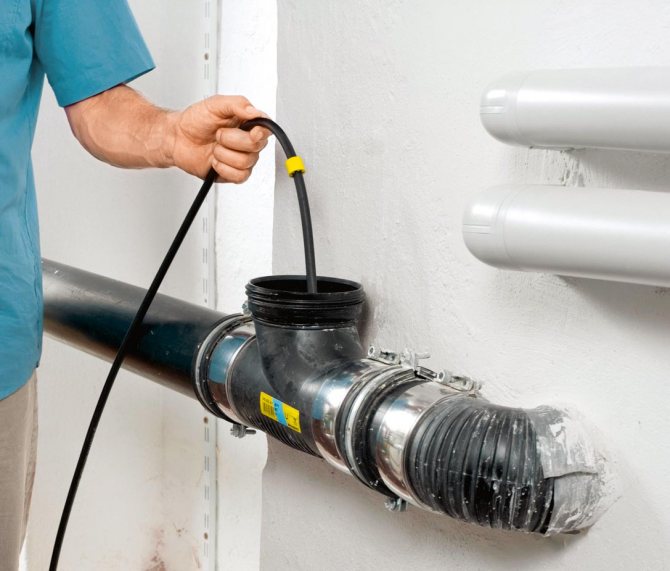

When pulling out the cable, some of the dirt may be on the floor. To avoid this, the wire or cable must be pulled out of the pipe through a rag. After clearing the blockage with a cable, the system is rinsed with boiling water or hot water.
Cleaning machines are used to more effectively deal with blockages. Such equipment independently rotates the cable using an electric motor, which allows you to work without the help of a partner.Such machines are inexpensive, and it is very convenient to use them for cleaning small pipes.
With the help of a cable, you can remove any type of blockage, but the sewer system still has to be partially disassembled.
Blockage prevention
There is practically no real prevention of blockages. It is necessary to periodically clean the strainers at the inlet and the mixer filter from debris and scale, rinse or clean the pipes. Garbage collection has a surprisingly good effect on the pressure in the system. Metal pipelines are still overgrown with calcium deposits and rust.
If plastic pipes are regularly clogged, it means that there are a lot of mechanical impurities in the water - this is a sign of the emergency state of the main networks. In case of such problems, you should contact the water utility (and possibly higher authorities).
Generalization on the topic
During the operation of any heating system, scale forms on the inner walls of metal elements, which must be periodically disposed of. Otherwise, the mechanical wear of the heating device is accelerated several times, and the heating efficiency decreases. To avoid all this, cleaning the batteries helps, which can be done in several ways.
The presence of running water in the house for us already means not just comfort, but a necessary condition for our existence. Lack of water in the tap is a small disaster. But what if the water trickles out or stops dripping altogether, but there is it in the line?
We welcome our reader and bring to his attention an article on how to clean a water pipe at home.

